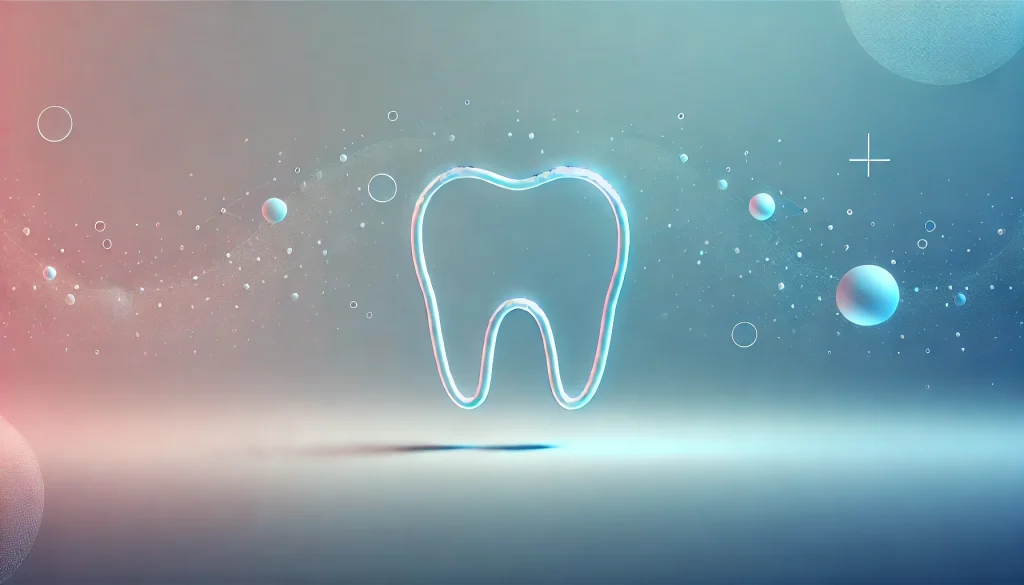Orthodontics is a branch of dentistry that focuses on the correction and alignment of teeth and jaws. It involves the use of various techniques and appliances to improve both the functionality and appearance of the mouth. From traditional braces to modern clear aligners, orthodontics offers a range of solutions for individuals looking to restore their smile and overall oral health. In this article, we will dive into the science behind orthodontics and explore how it can help achieve optimal tooth restoration.
Table of Contents
What is Orthodontics?

The foundation of orthodontic treatment lies in understanding the underlying causes of misaligned teeth. Some common factors that contribute to crooked or crowded teeth include genetics, early loss of baby teeth, improper jaw development, and habits like thumb sucking or mouth breathing. These issues can lead to an imbalance in the tooth and jaw relationship, resulting in a range of problems such as difficulty chewing, speech impediments, and increased risk for dental problems. Orthodontic treatment aims to address these concerns by moving teeth into their ideal positions and creating a harmonious balance between the jaws.
The Role of Braces in Orthodontics
Braces are one of the most well-known and widely-used orthodontic appliances. They consist of brackets, wires, and bands that work together to apply gentle pressure on the teeth to gradually shift them into proper alignment. The braces are adjusted periodically by an orthodontist to ensure the teeth are moving in the right direction. Braces have come a long way from their metal-wired days, with options like ceramic or clear brackets available for a more discreet treatment experience.
Innovation in Orthodontics: Clear Aligners
In recent years, clear aligners have gained popularity as an alternative to traditional braces. These custom-made, removable trays are designed using advanced 3D imaging technology and offer a more subtle option for straightening teeth. Clear aligners are changed every few weeks to gradually shift the teeth, and they can be removed for eating and brushing. This innovative approach to orthodontics has made it possible for adults and teens to achieve a straighter smile without the appearance of metal braces.
Beyond Aesthetics: The Health Benefits of Orthodontic Treatment
While improved aesthetics is often one of the main reasons for seeking orthodontic treatment, there are also significant health benefits that come with proper tooth alignment. Straight teeth are easier to clean, reducing the risk of plaque buildup and gum disease. They also distribute chewing forces evenly, preventing excess wear on certain teeth and reducing strain on the jaw joints. Additionally, correcting bite issues can help alleviate jaw pain, headaches, and other discomforts associated with misaligned teeth.
Read more: Heart-Healthy Meal Ideas A Guide to Nourishing Your Cardiovascular Health
Finding the Right Orthodontist for Your Needs
Orthodontic treatment requires specialized training and expertise. It is essential to find an orthodontist who is experienced, knowledgeable, and has a good reputation in the field. During your initial consultation, make sure to ask questions about their approach to treatment, success rates, and available options. The right orthodontist will take the time to understand your specific needs and create a personalized treatment plan that fits your lifestyle.
Additional Information
- Orthodontic treatment can benefit individuals of all ages, not just children and teenagers. Many adults are now choosing to straighten their teeth with orthodontics for both cosmetic and functional purposes.
- It is recommended to visit an orthodontist for a consultation at around the age of 7, as this is when any potential orthodontic issues can be identified and addressed early on.
- Proper maintenance and follow-up care are crucial for maintaining the results of orthodontic treatment. This includes wearing retainers as directed by your orthodontist.
- In some cases, orthodontic treatment may be necessary before undergoing other dental procedures such as implants or crowns to ensure proper alignment and optimal results. Your orthodontist will work closely with your general dentist to coordinate treatment plans.
- Aside from traditional braces and clear aligners, there are other orthodontic appliances that may be used to correct specific issues, such as palatal expanders for widening the upper jaw or headgear for guiding jaw growth. Overall, the field of orthodontics continues to evolve, offering more advanced and effective solutions for tooth restoration and overall oral health. Consult with an experienced orthodontist to find the right treatment plan for you.
Orthodontics is more than just straightening crooked teeth; it is a science that aims to improve oral health and overall well-being. Whether you choose traditional braces or clear aligners, orthodontic treatment can help you achieve a healthier and more confident smile. Consult with an experienced orthodontist like Alamo Orthodontics to learn more about your options and start your journey towards a beautiful and functional set of teeth.
Remember, the key to successful orthodontic treatment is patience and consistency – trust the process, and you will see incredible results in the end! Overall, investing in orthodontic care is not just an investment in your appearance but also in your long-term oral health. Don’t wait any longer to explore the benefits of orthodontics for yourself! Keep smiling bright with a healthy set of aligned teeth.






